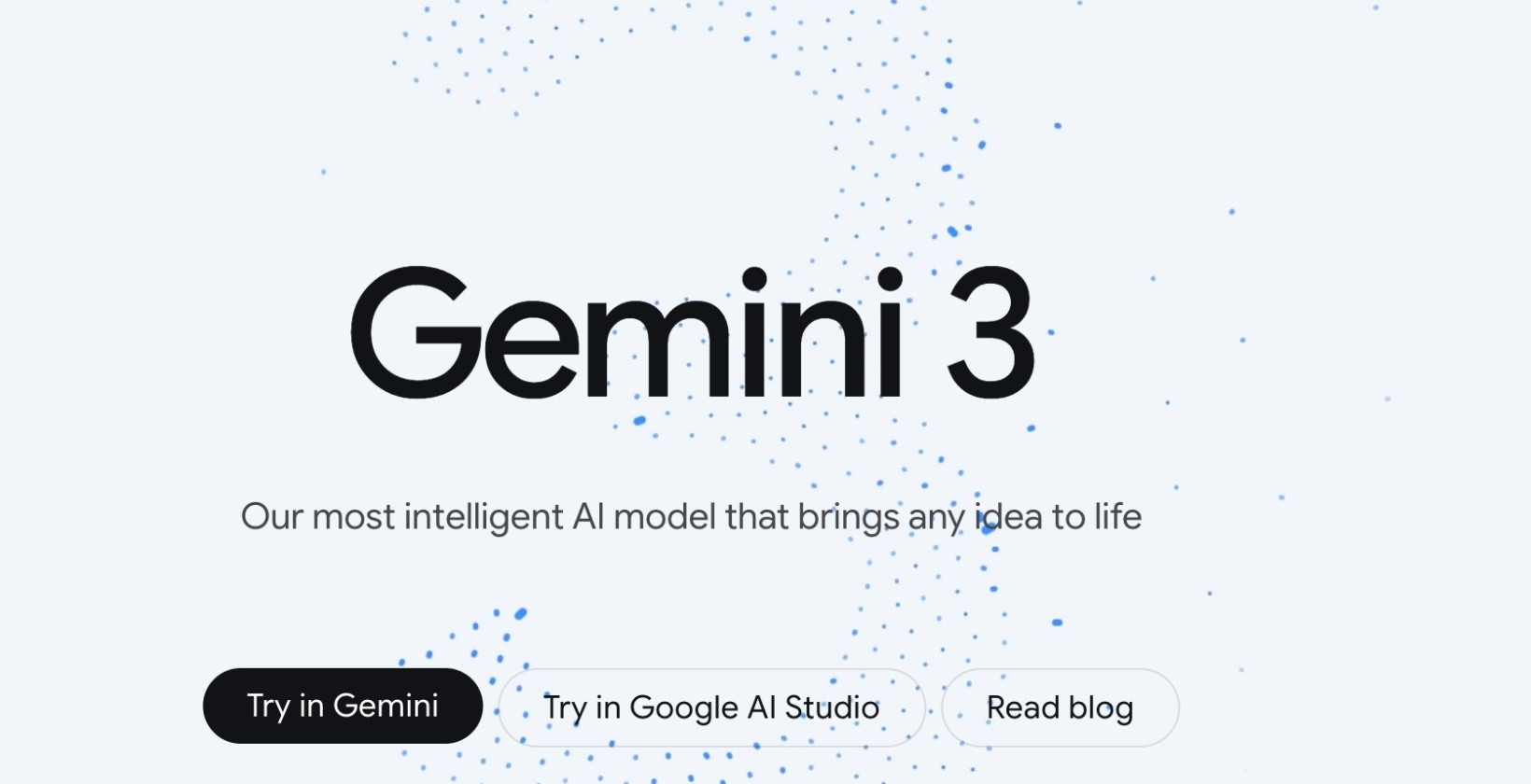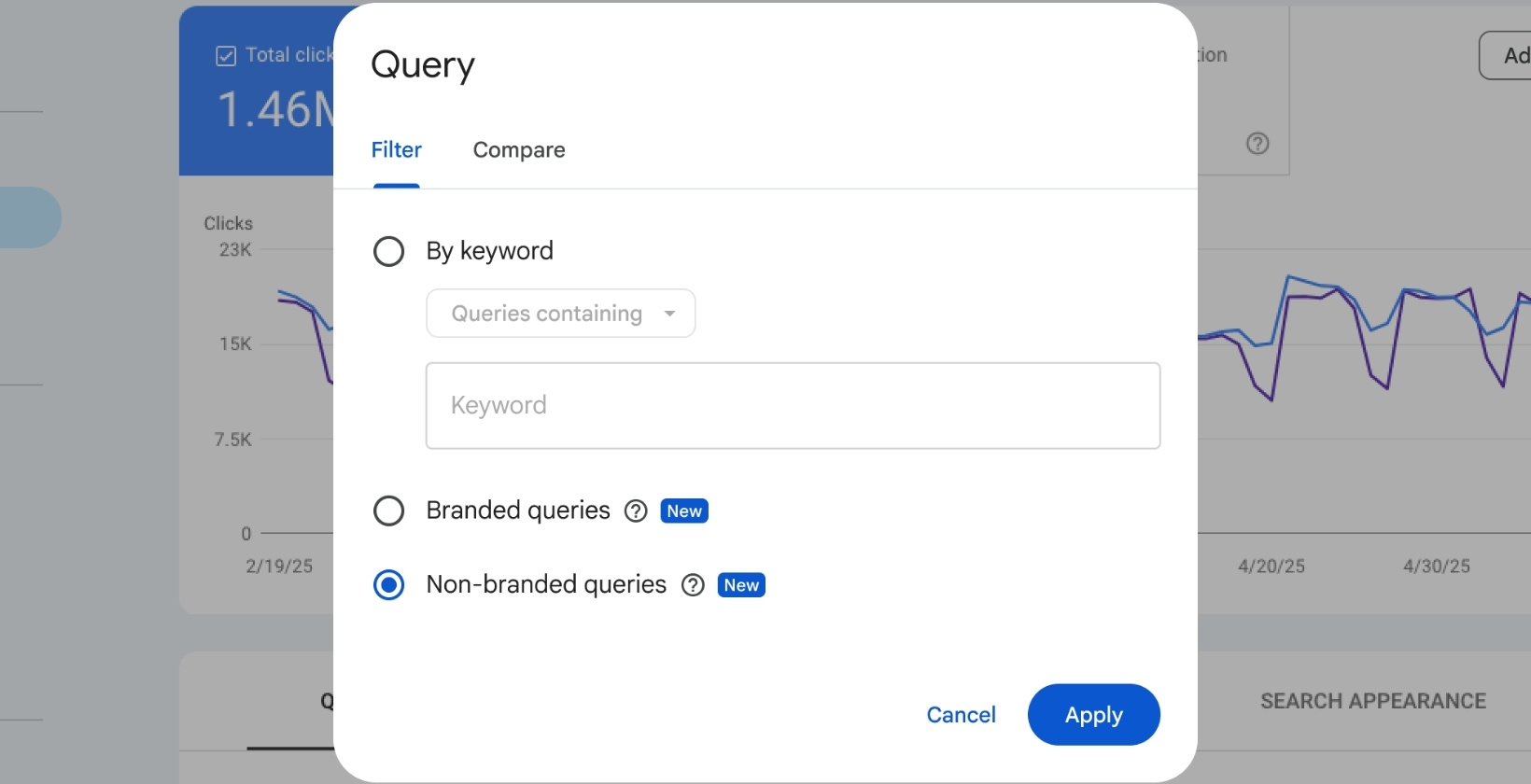For decades, search engine optimization (SEO) relied on a familiar model: research a query, analyze blue links, and optimize for first-page rankings. But with the rise of AI-powered search engines like ChatGPT, Perplexity, and Claude, that approach is rapidly evolving.
Today, AI-driven discovery determines what users see first, whether in conversational responses, summarized results, or voice interactions. Traditional SEO practices still matter, but they’re no longer enough. Visibility now extends beyond the SERP, into an ecosystem where AI agents and large language models (LLMs) influence every digital interaction.
Beyond Acronyms: Focus on Answers, Not Definitions
The SEO industry is buzzing with new terms like GEO (Generative Engine Optimization) and AEO (Answer Engine Optimization). Yet, as Ghergich explains, these labels don’t change the fundamental goal: helping users find accurate, helpful answers.
Consumers don’t care whether it’s SEO, GEO, or AEO—they care about value. Creating content for algorithms or keyword stuffing no longer works. Instead, AI models prioritize intent, authority, and clarity, rewarding content that provides direct, meaningful answers to user questions.
AI Search Redefines Discoverability
AI engines are transforming how content is found and used. They don’t just index pages—they crawl, summarize, and learn from them to improve AI responses through retrieval-augmented generation (RAG).
According to Botify’s data, AI-driven crawls surged from 20 million to 45 million per day between January and June, with some industries now seeing more bot traffic than human visitors. These AI crawlers use site content to assist consumers throughout their journey, from discovery to conversion, without necessarily driving clicks.
This shift demands structured, semantically rich, intent-aligned content that AI systems can easily interpret and cite.
From Clicks to Context: A New Way to Measure Success
As AI agents increasingly “click” for users, conventional SEO metrics—rankings, backlinks, and traffic—become less definitive. The new measure of success is contextual visibility.
Key questions for brands include:
- Are we cited in AI-generated answers?
- Is our content being represented accurately?
- Does our brand appear in conversational AI recommendations?
Ghergich suggests combining log file analysis with analytics tools to track AI bot activity and anticipate new KPIs like AI share of voice, citation frequency, and visibility inside AI responses.
The New AI Optimization Playbook
Winning in AI search requires a broader, more collaborative strategy that connects SEO, PR, content, and data analytics. Ghergich outlines three essential steps:
- Run an AI Technical Audit: Ensure your site infrastructure can handle AI bot traffic.
- Conduct a Content Intent Audit: Identify which pages are being crawled and cited by AI systems.
- Optimize Structured Data: Fill gaps to help AI models understand your content accurately.
He emphasizes that GEO doesn’t replace SEO—it enhances it. The foundation of technical SEO remains vital, but the mindset must evolve: you’re no longer optimizing for algorithms; you’re training AI.
What’s Next for SEO in the AI Era
AI search is rewriting the rules of digital visibility. The future of SEO is no longer about reaching the top of Google’s results but about being referenced and trusted by AI systems that power discovery.
Brands that adapt—by structuring data for AI, aligning content with intent, and redefining performance metrics—will lead in this new ecosystem.
No matter what it’s called – SEO, GEO, or AEO – the objective remains constant: be discoverable wherever users seek answers. In an AI-first world, visibility is the new strategy.




